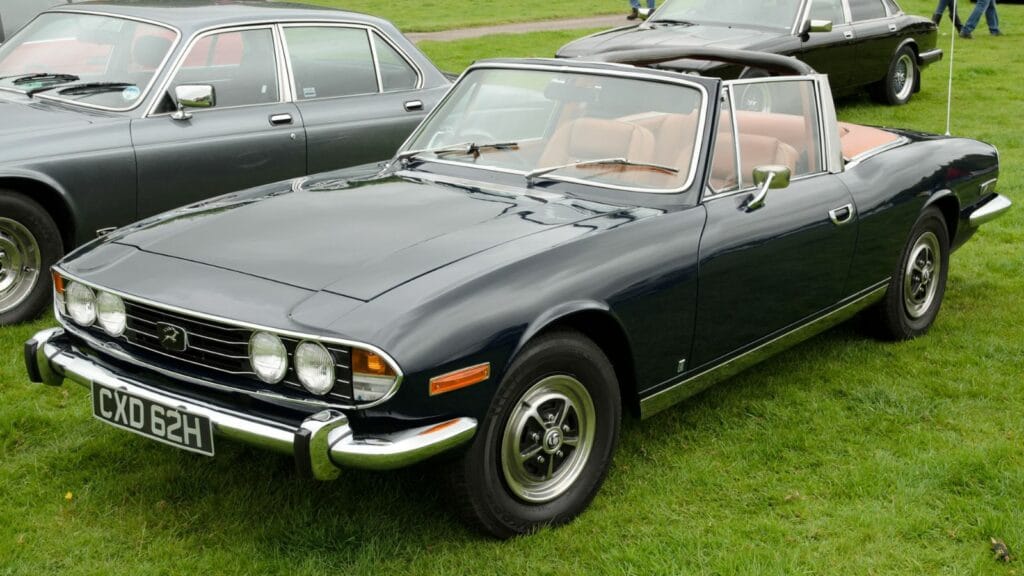Not every classic car becomes a future collectible. Some models entered the market with high expectations, bold marketing, or prestigious badges, only to fall sharply in value and never climb back. These cars may have had style, novelty, or strong features on paper, but they lacked the long term desirability, driving dynamics, or reputation needed to hold value over decades. Their stories show that time is not always kind in the automotive world.
Cadillac Allante (1987 to 1993)
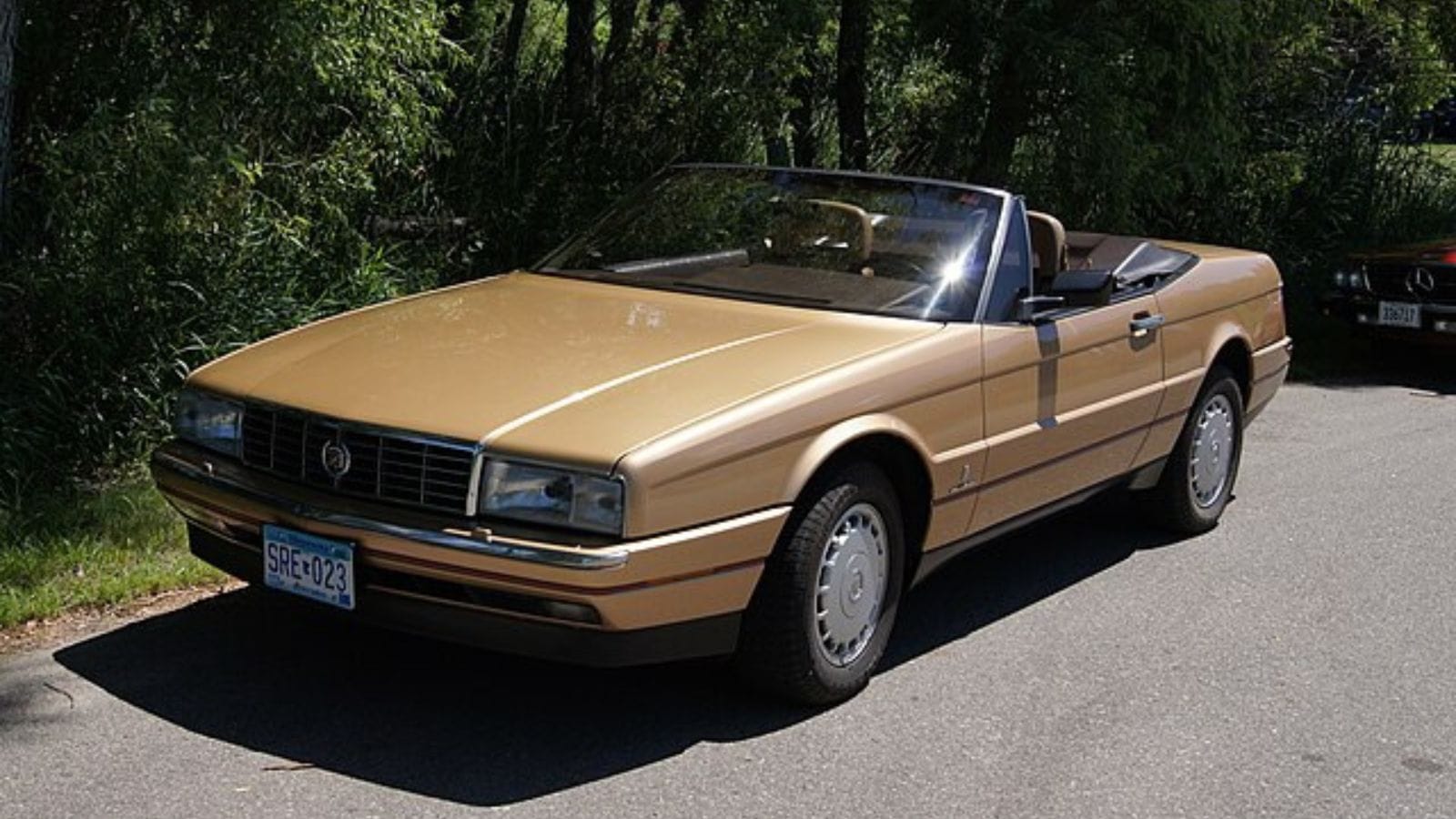
Cadillac tried something ambitious with the Allante. Bodies were built in Italy, loaded into specially outfitted cargo planes, and flown to the United States for final assembly. The idea was meant to give Cadillac a European flair to compete with Mercedes and Jaguar. The car looked elegant, but the performance did not match the exotic build process. The handling felt softer than its rivals, the early engines lacked excitement, and the ownership cost was higher than expected.
Even though later Allante models improved with more power and refinement, the reputation was already fading. Today, prices remain surprisingly low. Enthusiasts respect the design story, but the collector market has never embraced it fully. It remains a conversation piece rather than an appreciating asset.
Chrysler TC by Maserati (1989 to 1991)

The Chrysler TC by Maserati was marketed as an American Italian luxury coupe designed to blend style and exclusivity. The problem was simple. The driving experience did not live up to the badge. While the interior featured leather and upscale trim, the chassis and performance felt ordinary. Buyers expecting exotic flair discovered something closer to a lightly upgraded Chrysler sedan underneath.
Because of this mismatch between promise and reality, demand dropped quickly. Values followed. Today, it remains one of the least expensive cars ever sold with the Maserati name attached. Collectors see it as interesting history, but not as something worth serious money. The model has never escaped its reputation, and it likely never will.
Triumph Stag (1970 to 1977)

The Triumph Stag had undeniable style. Its sharp lines, open top design, and British charm made it look like a sophisticated touring machine. It also featured a unique V8 that should have made it a great grand touring car. Unfortunately, the engineering behind that V8 was rushed, and reliability issues were common. Overheating, timing problems, and weak cooling systems drove owners to frustration.
Restoring a Stag properly requires expertise and patience. Many cars suffered from poor maintenance, which only made the reliability stories worse. While a well sorted Stag can be lovely, the cost of getting it there often exceeds what the car will sell for afterward. Enthusiasts value it emotionally, but the market does not reward ownership financially.
DeLorean DMC 12 (1981 to 1983)
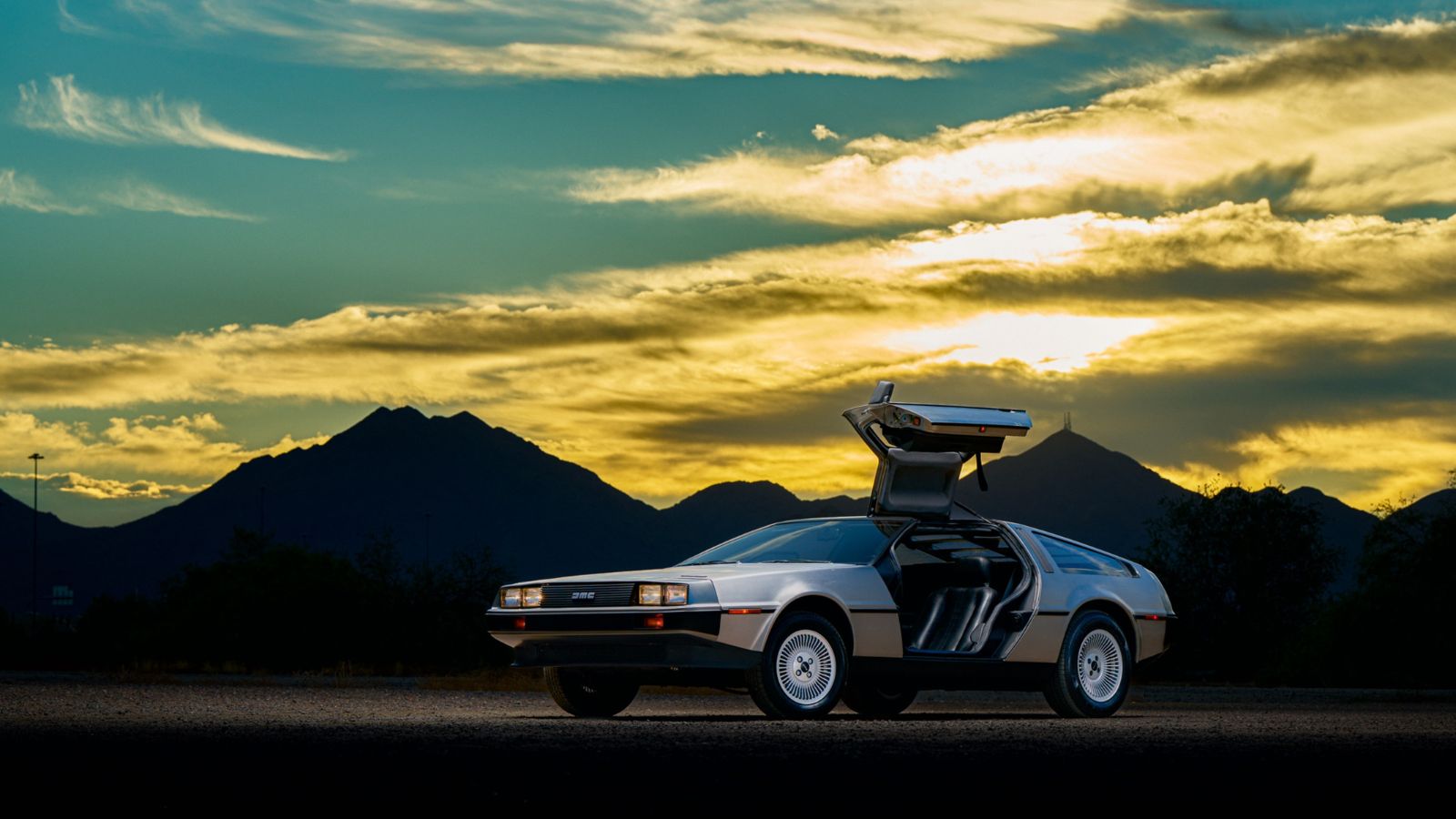
The DeLorean is instantly recognizable. Stainless steel panels and signature gullwing doors give it movie star presence. But under the skin, it was slower and less refined than its futuristic appearance suggested. The engine made modest power, build quality varied, and the driving experience never matched the dramatic styling.
The Back to the Future connection keeps interest alive, but nostalgia has not translated into sustained value growth. The car is collectible in a cultural sense rather than a performance or craftsmanship sense. It remains a novelty machine, loved for its identity but never fully respected for its engineering.
Jaguar XJ6 Series III (1979 to 1992)

The Jaguar XJ6 Series III represented luxury with grace. The styling was elegant and the ride comfort superb. But ownership could be expensive. Maintenance costs were high, electrical concerns were frequent, and parts prices were not friendly for casual owners. The car became known more for upkeep challenges than for reliability.
As a result, values stayed low even as earlier and later Jaguars rose in status. The XJ6 has a loyal following among those who enjoy restoring and maintaining their cars, but the broader collector market has not embraced it. It remains affordable because it is appreciated emotionally rather than financially.
Lincoln Mark VIII (1993 to 1998)
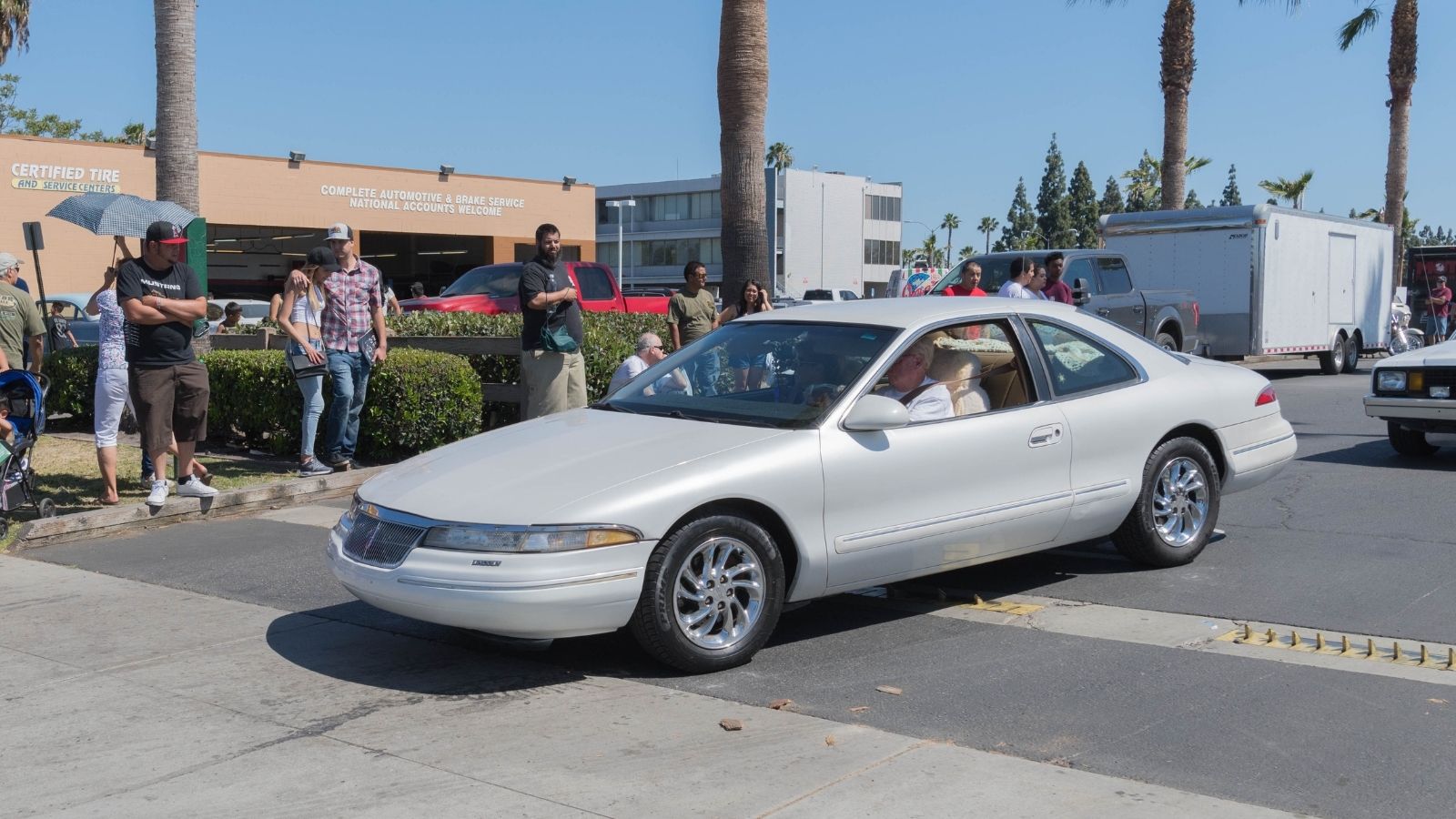
The Lincoln Mark VIII introduced modern styling, a smooth V8, and advanced suspension technology. It offered a comfortable highway ride and plenty of quiet refinement. However, the styling did not attract young buyers, and the performance did not draw driving enthusiasts. It was a luxury coupe in a market that was already turning toward SUVs.
Depreciation hit hard and never slowed. Today, the Mark VIII is one of the least expensive V8 luxury coupes you can buy. It offers comfort, but not collectibility. It remains a car for personal enjoyment rather than investment.
BMW 318i E36 Sedan (1991 to 1998)
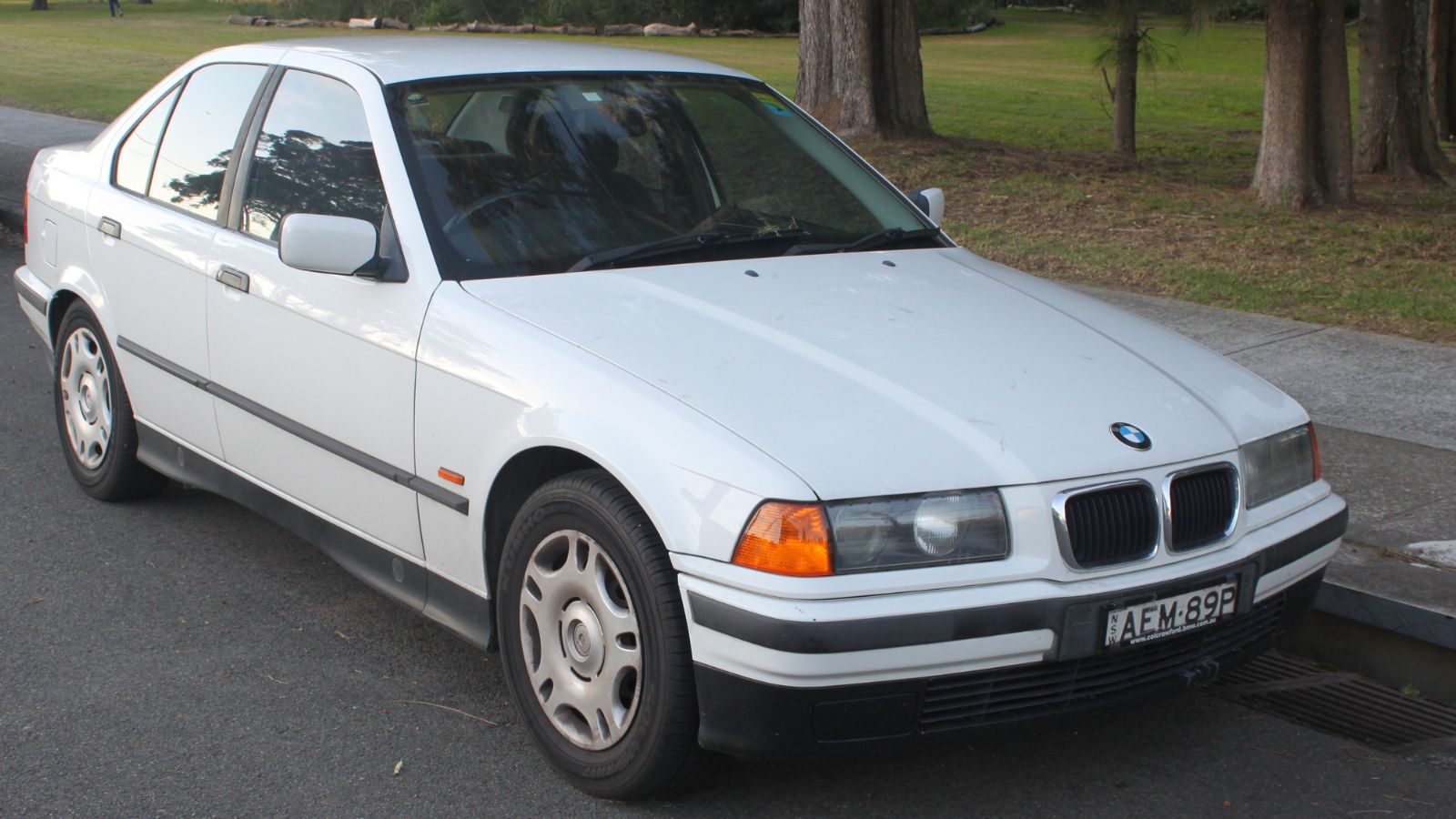
The E36 platform produced some excellent cars. The M3 is beloved, and the six cylinder models still have strong following. But the entry level 318i did not deliver the performance or personality buyers associate with classic BMW driving. It was built to be economical, not thrilling.
As years passed, these cars became cheap commuter vehicles. Many were driven hard and maintained minimally. They never gained the desirability of the E30 that came before or the E46 that came after. Values remain low, and most examples are seen as used cars rather than future classics.
Ford Thunderbird Eleventh Generation (2002 to 2005)
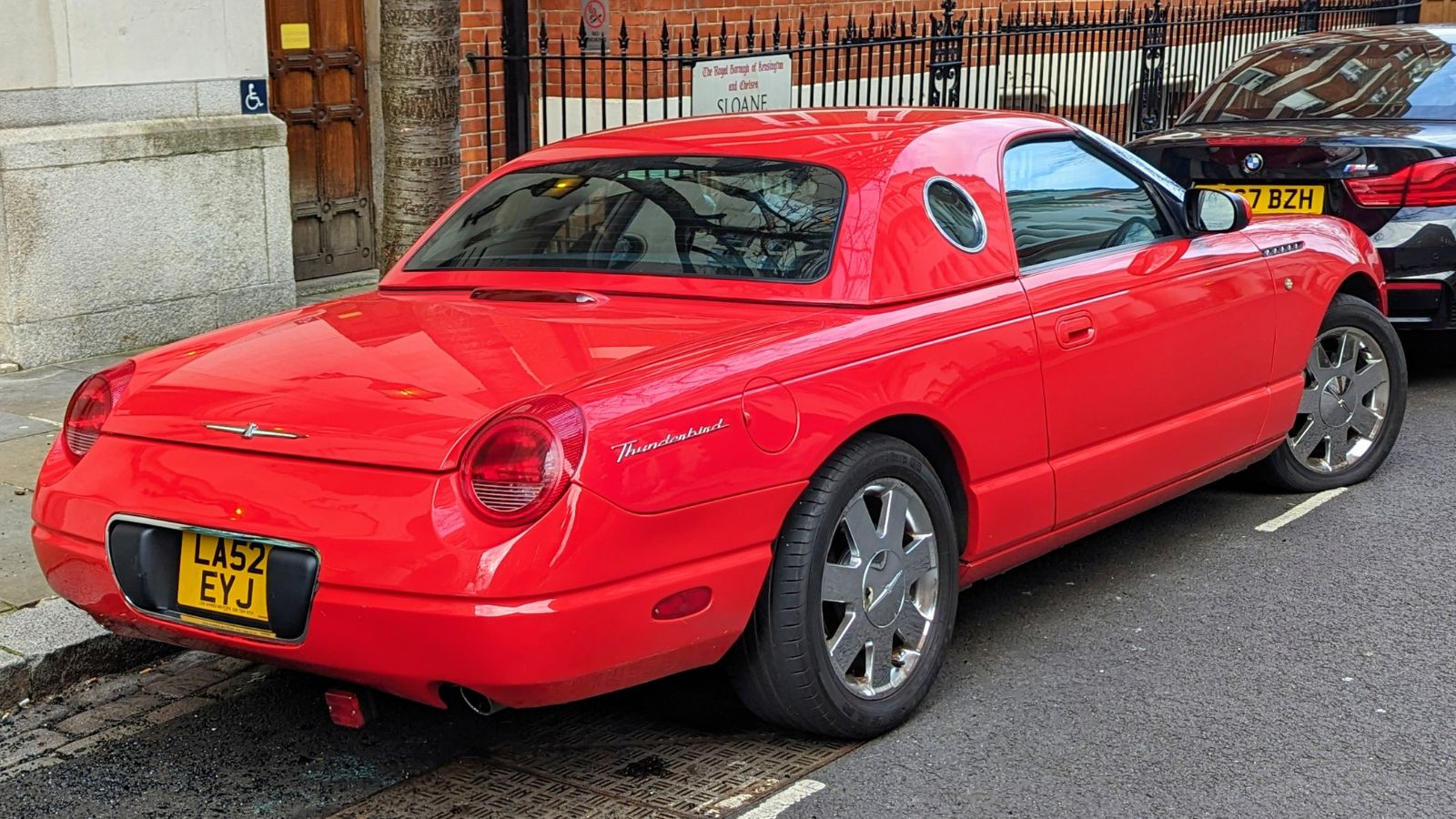
Ford brought back the Thunderbird name with retro inspired styling, but the driving character did not match the design. The car looked special, but it drove like a gentle cruiser rather than something emotionally engaging. Buyers who wanted excitement looked elsewhere. The model faded from view quickly.
While it has fans who appreciate its relaxed personality, collectors largely ignore it. The car has never taken on iconic status and values remain modest. It is admired quietly but rarely pursued.
Saab 900 NG (1994 to 1998)

The original Saab 900 had real personality with its unique engine orientation, turbocharged punch, and unconventional styling. The next generation tried to broaden appeal, smoothing out the quirks. In doing so, it lost some of what made Saab special. Enthusiasts gravitated to earlier models.
Values for the NG 900 have never recovered. It remains comfortable and interesting, but not collectible. It sits in a strange space where appreciation is personal rather than market driven.
Oldsmobile Toronado (1986 to 1992)
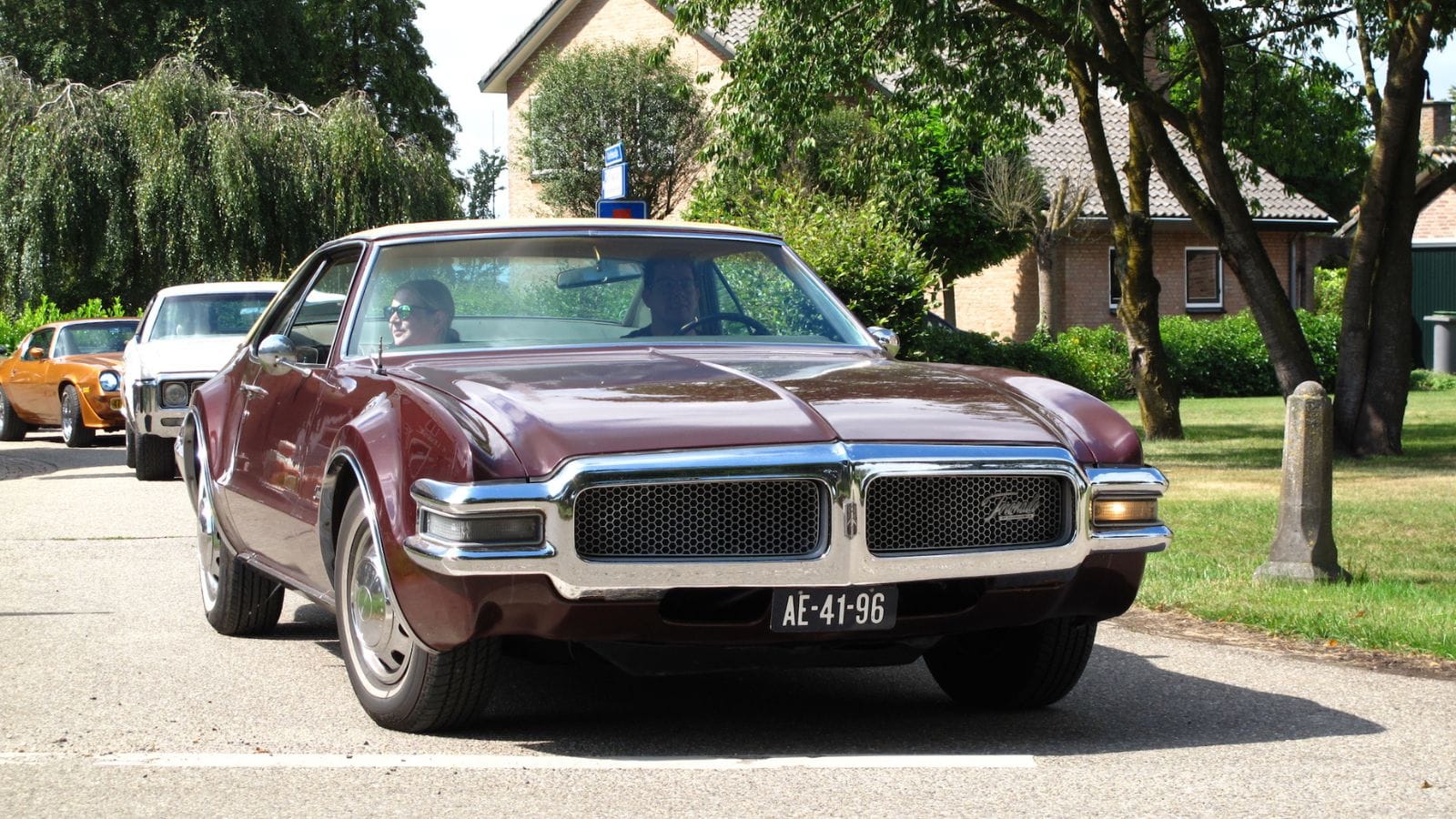
The Toronado once symbolized American innovation and personal luxury. But by the late 1980s, the model no longer carried the bold identity that made it famous. Styling softened, the driving experience became reserved, and competition increased. Collectors moved on.
Today, the final Toronado models remain inexpensive and overlooked. They represent the end of a nameplate rather than the height of one.
The Auto Destiny
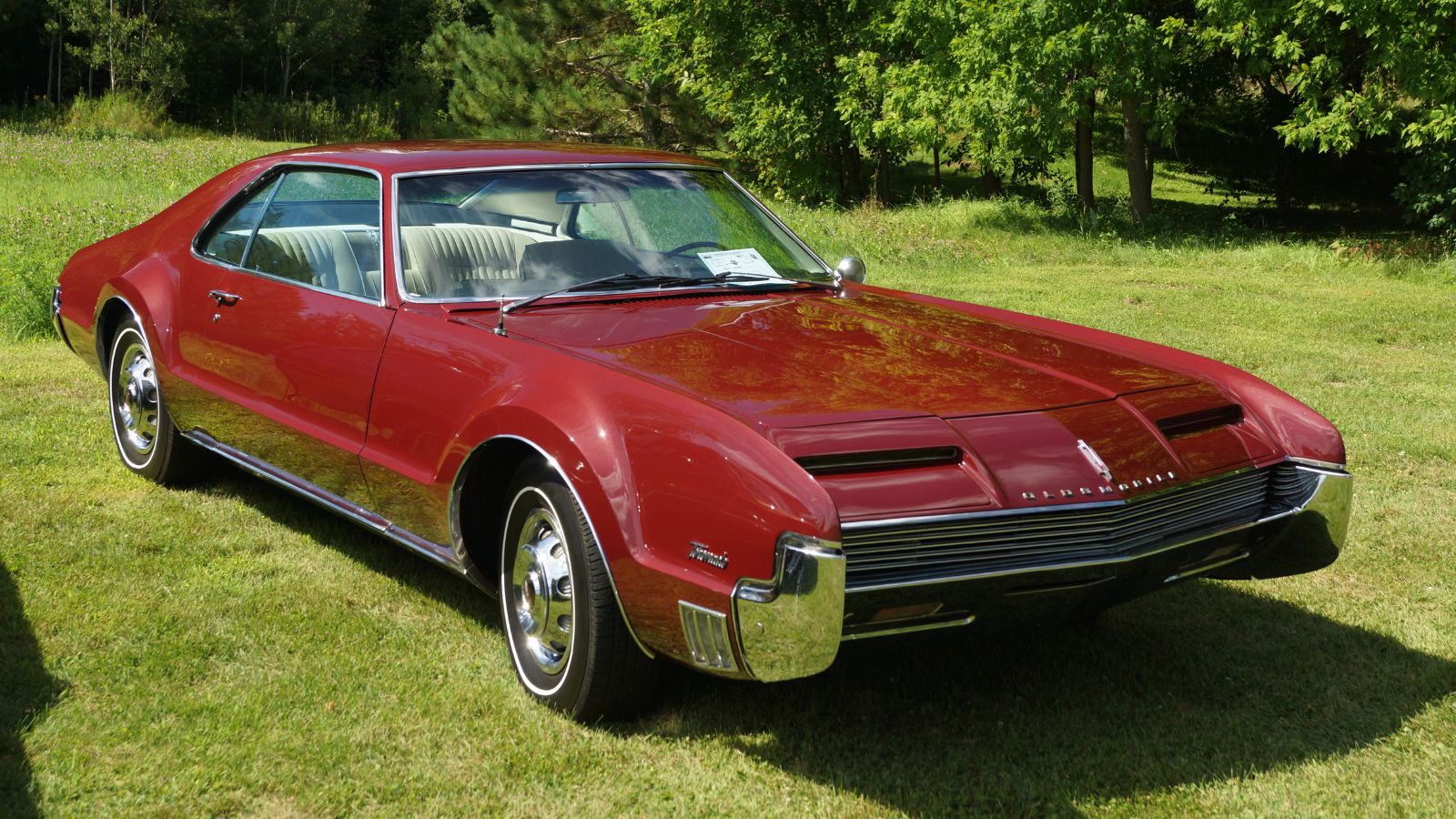
These cars show that rarity or style alone cannot guarantee a strong collector market. Reputation, performance, emotional appeal, and cultural significance shape value far more. Some classics are destined to rise. Others remain memories of what could have been.
25 Facts About Car Loans That Most Drivers Don’t Realize

Car loans are one of the most common ways people fund car purchases. Like any other kind of loan, car loans can have certain features that can be regarded as an advantage or a disadvantage to the borrower. Understanding all essential facts about car loans and how they work to ensure that you get the best deal for your financial situation is essential. Here are 25 shocking facts about car loans that most drivers don’t realize:
25 Facts About Car Loans That Most Drivers Don’t Realize
